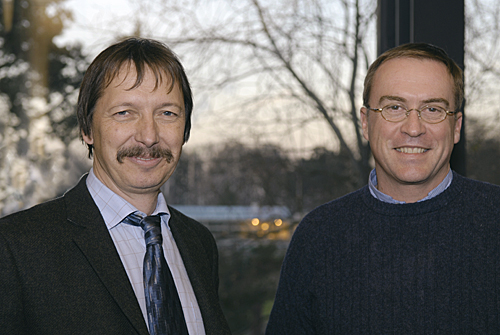Thomas Henning
Department Planet and Star Formation, MPI for Astronomy, Heidelberg, Germany

Date
28 November 2007
Title
From Disks to Planets - Boulders, Gaps, and Traffic Jams
Abstract
The talk will provide a general description how stars and planets form. The journey will start with the stellar nurseries: In the very cold and opaque parts of molecular clouds, the physical conditions allow gravitational collapse to occur. Is star formation a slow or rapid process? How is the angular momentum problem solved? How universal is the stellar mass function? These are the questions which will be discussed at the beginning of the talk. I will also demonstrate how progress in observational technology such as adaptive optics and interferometry help to reveal the mysteries of the star and planet formation process. We now have accumulating observational evidence that the birth of solar-type stars is frequently accompanied by the formation of “protoplanetary” disks with properties similar to the early solar nebula. I will discuss the structure and evolution of such disks and will provide observational evidence that submicron-sized dust grains grow to rocky boulders, using data from the Spitzer Infrared Space Telescope and the Very Large Array. I will discuss a new class of objects, the ”transition disks” which are characterized by large inner gaps, thought to be related to planet formation. I will discuss the first detection of a planet in such a transition disk which sets a stringent limit to the timescales for planet formation. Finally, I will show the results of large-scale numerical simulations which offer a solution to the long-standing problem of planetesimal formation.
